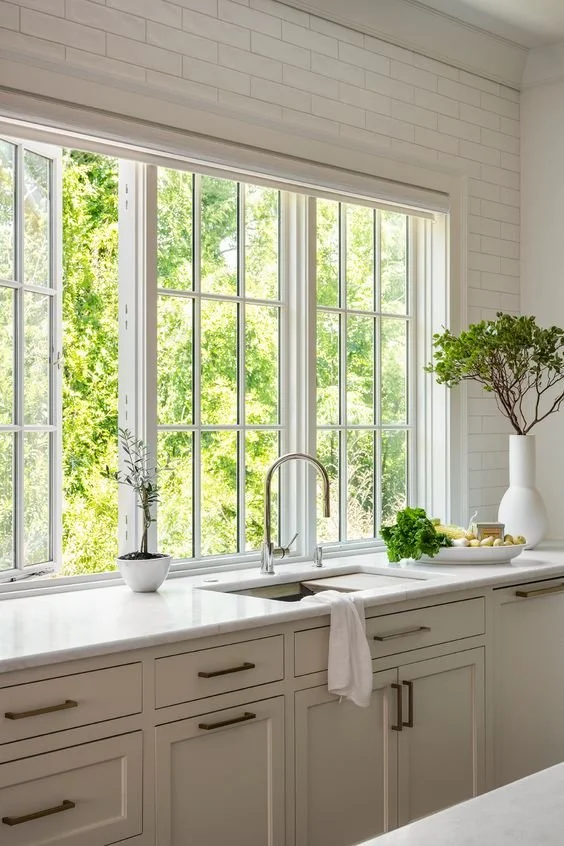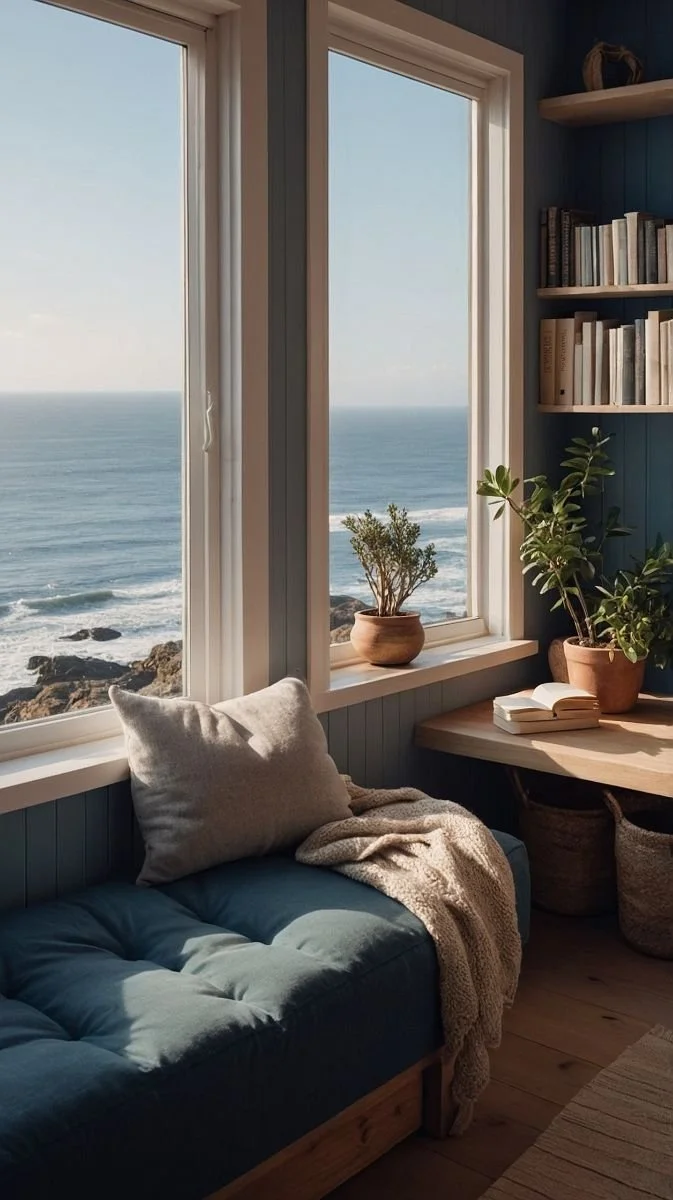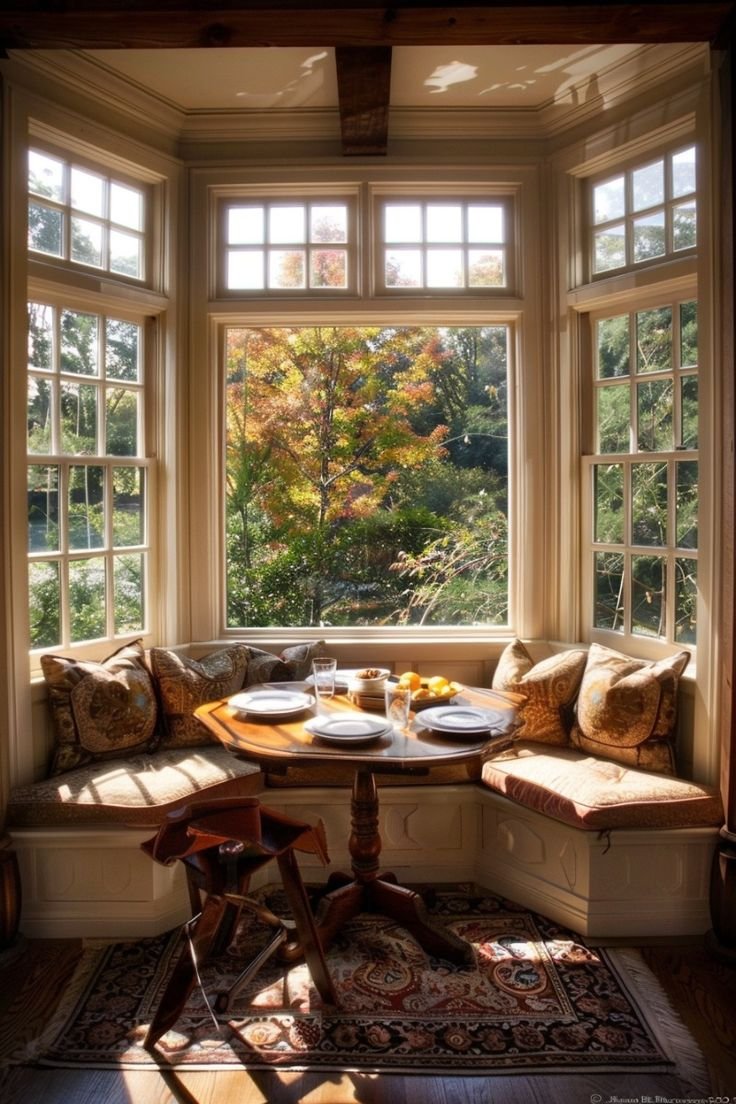THE CLEAR VALUE OF REPLACING WINDOWS
When it comes to remodeling projects that improve the value of a home, my clients most often think of updating their kitchens or bathrooms.
However, one overlooked home upgrade doesn’t just boost your home’s value—it saves you money while you’re still living there. And guess what? You’ve been looking right through them this whole time! (Cue ironic horn sound)
Casement-style windows are energy-efficient and have excellent ventilation. They can also be more expensive and come in limited sizing. (Marvin.com)
Most people don’t notice windows unless they’re broken or they depict the Virgin Mary’s Holy Annunciation in all its technicolor wonder (crosses self). The point, obviously, is looking out at your nice yard or your neighbor’s creepy gnomes and unless you’re cleaning sticky handprints you might not think about your windows at all.
In fact, most of a good window’s work is invisible.
An energy-efficient window is rated by five criteria, and none of them can be seen with the eyeballs. Unless you’re a snake that can see heat.
U-Factor: The U stands for “unwelcome,” as in, unwelcome heat trying to crash your indoor comfort. A lower U-Factor means less transference of non-solar heat.
Solar Heat Gain Coefficient (SHGC): This is your window’s SPF. The lower the SHGC, the better your window is at blocking out those sun rays and keeping the inside cool.
Air Leakage (AL): This one’s all about keeping the breeze where it belongs—outside. A lower AL means your windows aren’t letting any sneaky drafts slip through.
Visible Transmittance (VT): Let there be light! A higher VT means more of that glorious sunlight is making it through, brightening up your space.
Condensation Resistance (CR): Nobody likes a sweaty window. The higher the CR, the better your window is at resisting those pesky condensation droplets.
But why bother getting windows with all these fancy ratings? This is your house we’re talking about, not the Westminster Kennel Club Show!
According to the U.S. Department of Energy's Office of Energy Efficiency and Renewable Energy, roughly 25 to 30% of heating and cooling energy is lost through windows. That means right now, energy for which you paid good American greenbacks to get your house to a livable temperature and air quality is seeping steadily out into the oblivion. Money right out the window.
This, of course, depends on the window.
Window placement should enhance the connection between indoor and outdoor spaces. (Visionary Interior)
Studies from the Lawrence Berkeley National Laboratory (LBNL) show that energy-efficient windows can reduce household energy bills by 12-34%. This reduction in energy consumption not only lowers utility bills but also decreases the carbon footprint of your home, making window replacement a green choice. (Now go high-five a plant.)
If you don’t like wasting money on energy, you’re gonna hate the way old windows hold up over time. Older windows, especially those made of wood, can require significant upkeep to prevent rot, warping, and decay.
Newer materials, such as vinyl, fiberglass, and composite, offer superior durability and low maintenance. The American Society of Civil Engineers (ASCE) points out that these materials are resistant to weathering and can last for decades with minimal care.
Vinyl windows, for instance, are resistant to moisture and do not require painting, while fiberglass windows are known for their strength and stability, even in the extreme temperatures this summer has been throwing at us.
Choosing an energy-efficient window means you can consider a model with more sun protection for a space where you might find yourself regularly sitting. But that’s not an excuse to skip SPF in your moisturizer. (The Home of Ash)
It’s not just weather and temperature that windows can keep out.
Do you live close to Gil’s or near an SOU student house? If you’re in a noisy neighborhood or near a busy road, replacing your windows can provide a quieter, more peaceful living environment.
The University of Wisconsin-Madison’s Noise Control Laboratory’s studies on the acoustic performance of different window types indicate that double- or triple-pane windows with laminated glass can significantly reduce exterior noise infiltration. That’s right, no more listening to the neighbor incessantly weed-whack at 5 in the morning.
Speaking of the neighbors, while we all like an amicable sense of neighborly camaraderie, what’s even more fun is finding out that your house’s worth bumped up higher than gnome guy’s on Zillow because our tech overlords can tell you gave your exterior a facelift. How delightfully terrifying.
According to Remodeling Magazine’s 2023 Cost vs. Value Report, homeowners can expect a return on investment (ROI) of about 67.5% for vinyl window replacements and 66.3% for wood window replacements. But new windows’ value isn’t just in the resale price. According to the National Association of Realtors, homes with strong curb appeal tend to sell faster, often reducing time on the market by up to 30%.
Sure—replacing windows doesn’t sound like the most glamorous remodel, but it’s a valuable upgrade that can help other less visible parts of your life run more smoothly.
Ashland Builders knows Southern Oregon’s particular brand of climate crazy—and we’re here to help you choose windows to fit your home. Contact Justin by email at justin.ashlandbuilders@gmail.com or by phone at (541) 708-1132.



